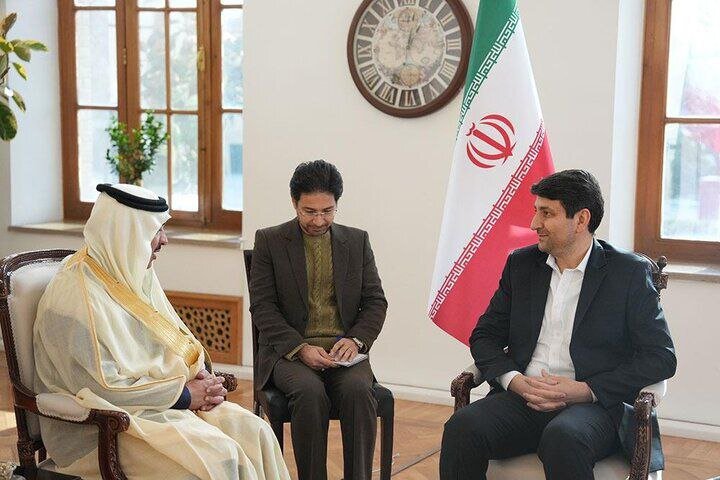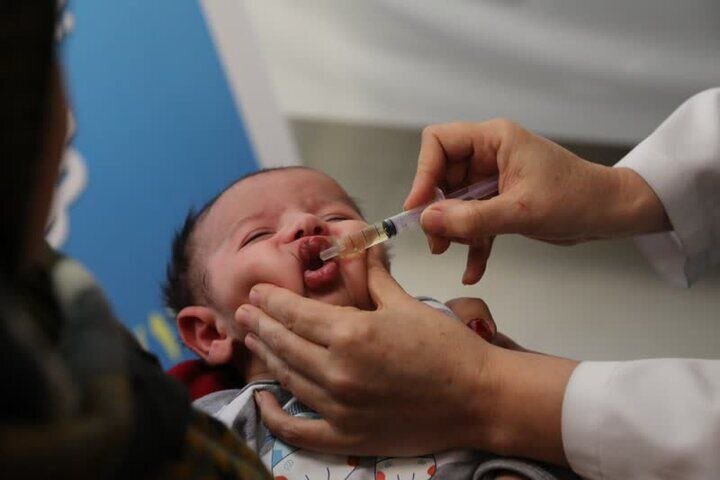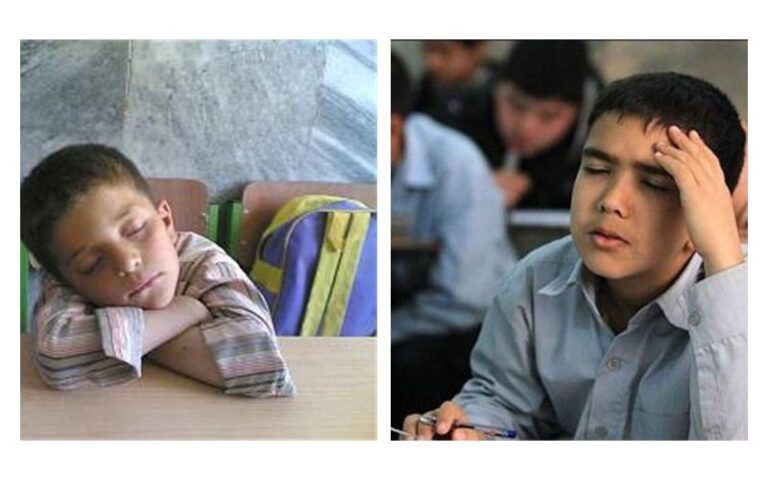Revolutionary Braille Embosser Set to Empower Visually Impaired Students
The United Nations Children’s Fund (UNICEF) has made a significant impact on the educational landscape for children with visual disabilities in Iran by procuring a state-of-the-art braille embosser. This initiative aims to enhance learning opportunities for a total of 7,145 children with visual disabilities across the nation, as announced in a press release on February 4.
The newly acquired Braillo 600 SR2 braille embosser is set to revolutionize the way educational materials are produced for students with visual impairments in Iran’s formal education system. This advancement addresses the critical need for accessible learning materials, which is essential for the 5,239 students enrolled in mainstream schools and the 1,906 attending special schools.
Here are some key points regarding this initiative:
- Equitable Educational Opportunities: The introduction of this high-tech embosser will facilitate the production of braille textbooks, promoting inclusive education.
- Addressing Current Needs: The previous two Norwegian braille embossers had been in service for 35 years and were no longer reliable or sufficient for the needs of today’s students.
- Annual Production Goals: The Special Education Organization (SEO) must produce around 28,000 braille textbooks annually, covering 194 subject-grade specific textbooks across 279 volumes.
- Long-Term Benefits: It is estimated that over the next 30 years, approximately 214,350 children will benefit from the production of braille materials facilitated by the new embosser.
Access to braille learning materials is crucial for enabling children with visual disabilities to fully participate in society and realize their rights. The new embosser will not only serve immediate educational needs but will also provide a lasting resource for generations of students.
UNICEF’s procurement of this advanced equipment was particularly vital, considering that international sanctions had previously hindered the SEO’s ability to acquire such technology directly. This action underscores UNICEF’s unwavering commitment to supporting inclusive education and ensuring that no child is left behind due to any form of disability.
Empowering Children with Disabilities
In addition to the braille embosser initiative, UNICEF and Tejarat Bank have launched a campaign titled “Disability is part of me, not all of me.” This campaign aims to empower children with disabilities in Iran by raising awareness and fostering a supportive environment.
Key aspects of the campaign include:
- Promoting Inclusion: The collaboration between UNICEF and Tejarat Bank highlights their commitment to creating equal opportunities for children with disabilities.
- Nationwide Fundraising: The campaign is designed to improve the lives of children with disabilities through public donations, which will be collected across various Tejarat Bank platforms.
- Messages of Empowerment: The campaign emphasizes dignity and inclusion, aiming to shift societal perceptions of disabilities.
Earthquake Preparedness Education for Children with Disabilities
UNICEF has also embarked on a globally unique program focused on earthquake preparedness for children with disabilities. This initiative has produced three specialized books targeting different stakeholders, including parents, teachers, and policymakers.
Through collaboration with the United Nations Educational, Scientific and Cultural Organization (UNESCO) and the International Institute of Earthquake Engineering and Seismology (IIEES), UNICEF offers guidelines on disaster management, specifically focusing on:
- Mitigation: Strategies to reduce the impact of earthquakes.
- Preparedness: Planning and training for potential earthquake scenarios.
- Response: Effective actions during an earthquake.
- Recovery: Steps to take after an earthquake to restore normalcy.
Additionally, four consultative training workshops have been conducted, where teachers, social workers, and aid workers gained insights into supporting children with disabilities before, during, and after earthquakes.
The efforts do not stop here. Plans are underway to update the guidebooks to include guidelines for children with vision impairments and to broaden resources to cover all types of disabilities. This initiative marks a significant advancement in inclusive earthquake preparedness, ensuring a safer and more resilient future for every child in Iran, regardless of their abilities.
In conclusion, UNICEF’s initiatives in Iran illustrate a profound commitment to enhancing educational access and inclusivity for children with visual disabilities and other impairments. By investing in technology and raising awareness, these efforts aim to create a more equitable society for all.






